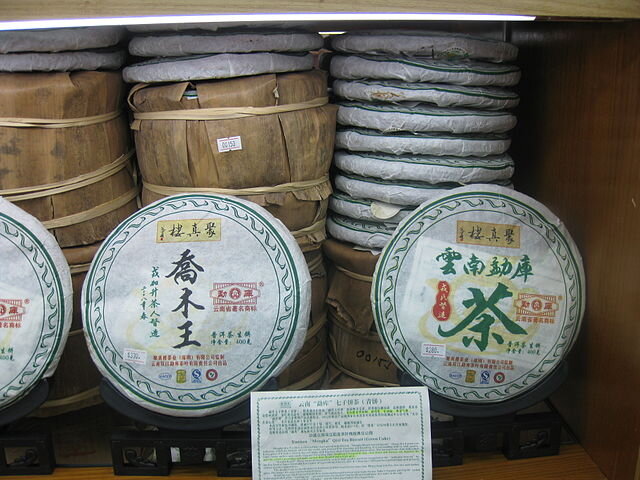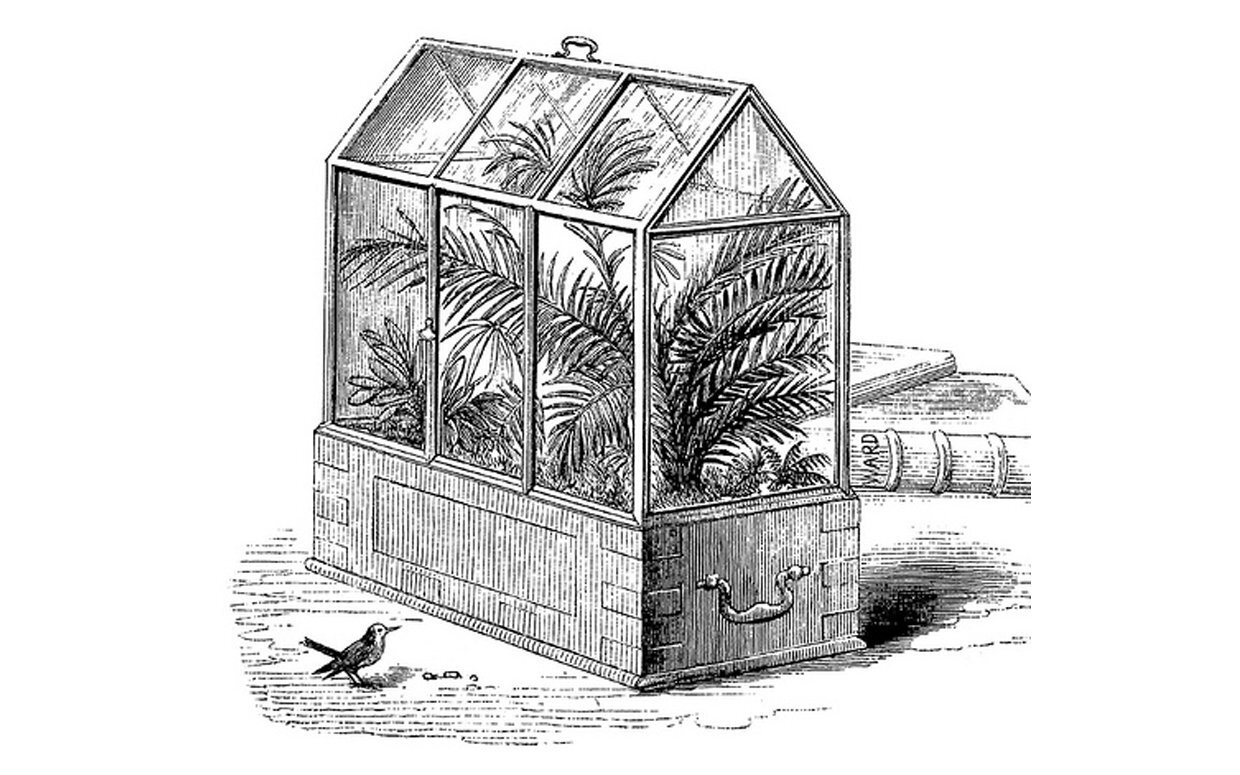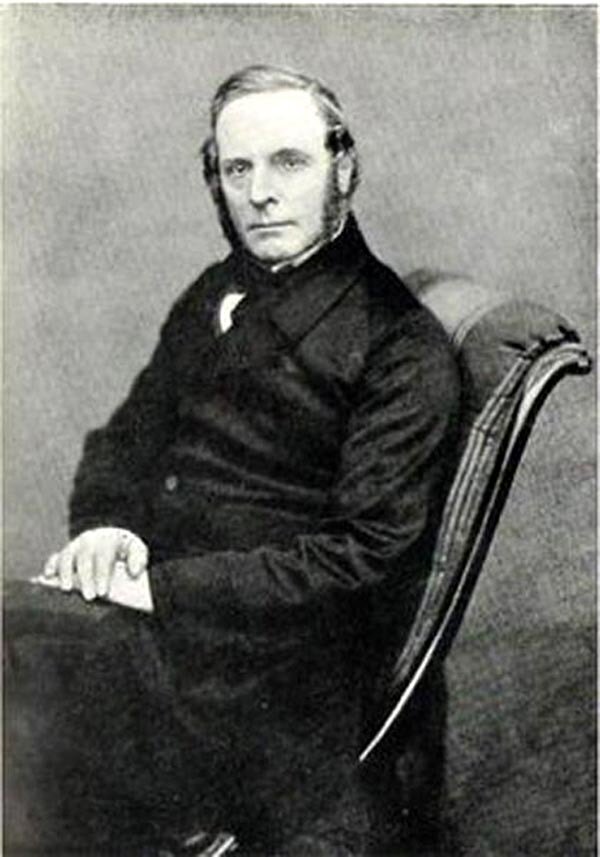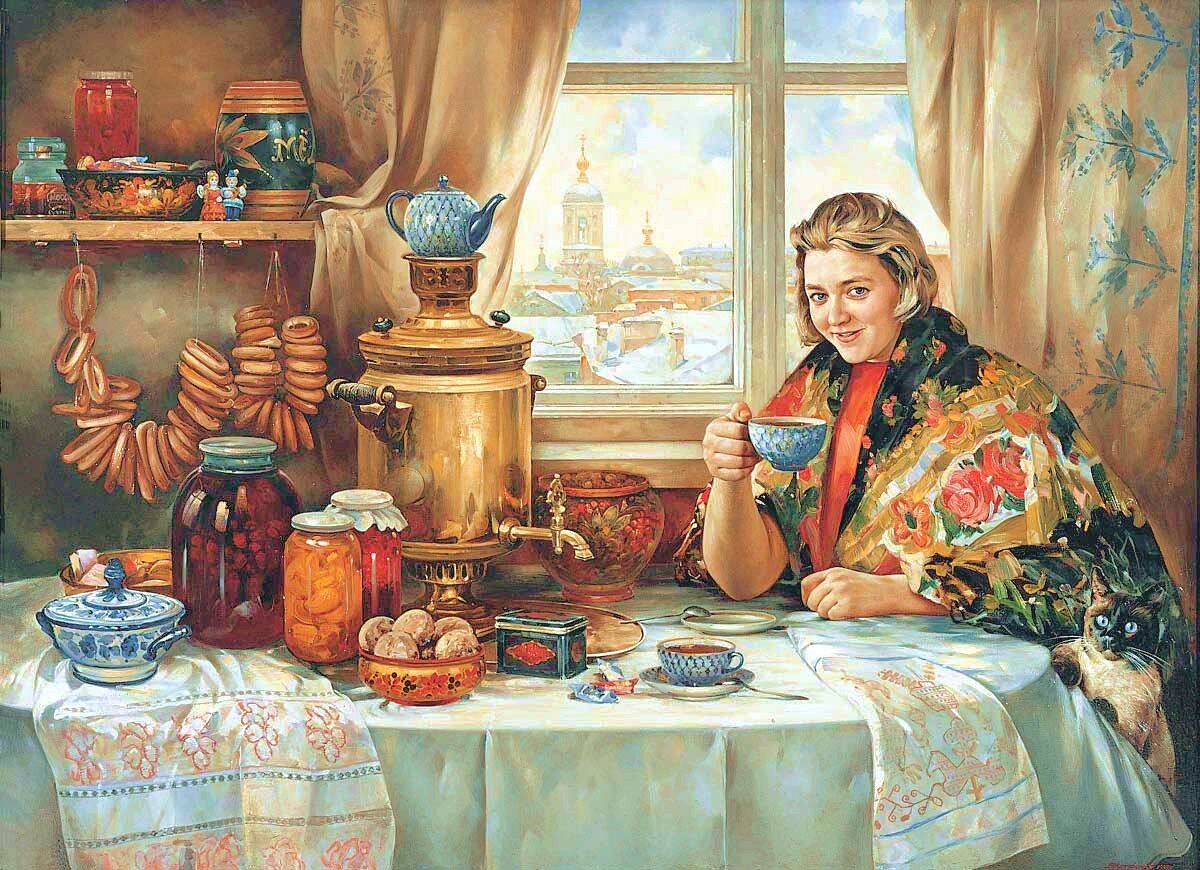Ep. 9 | The Ming Dynasty Tea Revolution
The epic story continues after the greatest advances ever in tea production and tea culture in the Song. After surviving the Mongol Yuan Dynasty Camellia Sinensis experiences revolutionary improvements with the founding of the Ming Dynasty by Zhu Yuanzhang. Now tea starts to become more familiar to us after the Hongwu Emperor demands all future tribute teas must be sent in loose-leaf form.
With loose leaf teas came greater demands for tea-ware. The history of the kilns of Jingdezhen is introduced, along with their calling card: Blue and White porcelain, China's first global brand. Other innovations such as teas scented with flowers and the Tea Manual of Zhu Quan are also discussed.
Listen On Your Favorite Podcast Player
Terms in Episode
| Pinyin/Term | Chinese | English/Meaning |
|---|---|---|
| Míng | 明朝 | The Ming Dynasty 1368-1644 |
| Mǒchá | 抹茶 | Ground powdered tea. called matcha in Japanese |
| Cài Xiāng | 蔡襄 | 1012-1067, Chinese politician, engineer, poet, and arguably the greatest calligrapher during the Song dynasty |
| Hūizōng | 宋徽宗 | Northern Song emperor who reigned from 1100-1126 |
| Eisai | 明菴栄西 | Myōen Eisai, 1141-1215, Japanese monk credited with bringing green tea to Japan from China. He also studied the Rinzai school of Chan or Zen Buddhism |
| Zhào Kuāngyìn | 赵匡胤 | Founder of the Song Dynasty |
| Khitan | 契丹 | Qìdān, Mongol people who ruled Manchuria and poart of north China from the 10th to early 12th century under the Liao Dynasty |
| Liáo | 辽朝 | The Liao or Khitan Dynasty 907-1125 |
| Jürchen | 女真 | A Tungus ethnic group, predecessor of the Manchu ethnic group who founed the Later Jin Dynasty (后金) and Qing Dynasty |
| Jīn | 金朝 | The Jin Dynasty 1115-1234 |
| Northern Sòng | 北宋 | The Northern Song Dynasty 960-1126 |
| Yuán | 元朝 | The Yuan Dynasty 1279-1368 |
| dòuchá | 斗茶 | A "tea battle" between contestants whipping up the best bowl of tea |
| Chǎoqīng | 炒青 | a kind of drying perfected in the Ming that used a pan or wok to fry the withered leaves of the freshly picked tea |
| Zhèng Hé | 郑和 | 1371-1433, Ming dynasty admiral, diplomat and explorer |
| Zhū Yuánzhāng | 朱元璋 | Founder of the Ming Dynasty. He lived from 1328-1398 |
| Liú Bāng | 刘邦 | Founder of the Han Dynast, reigned as Han Gaozu |
| Hóngwǔ emperor | 洪武帝 | Era name for the founing emperor of the Ming Dynasty, Zhu Yuanzhang |
| zǐshā | 紫砂 | Purple clay used in the manufacture of clay teapots |
| Jǐngdézhēn | 景德镇 | City in Jiangxi where the most famous porcelain in China is made |
| Qín | 秦朝 | First imperial dynasty of China, founded by Qin Shihuang. Lasted from 221-206 BCE |
| Xīnpíng | 新平 | Former name of Jingdezhen |
| Chāngnán Zhēn | 昌南镇 | Another former name of Jingdezhen. Some say the term "China" comes from Changnan |
| Zhēn | 镇 | A town |
| Shì, Zhēn, Cūn | 市,镇,村 | A City, Town, Village |
| Zhēnzōng | 真宗 | Song Emperor who reigned 997-1022 |
| Jǐngdé | 景德 | Era name during Zhenzong's reign that gave us the name of Jingdezhen. It lasted from 1004-1007 |
| Zhūshān | 珠山 | Pearl Hill, today a district of Jǐngdézhēn, a special ceramics operation was set up there to produce porcelain-ware exclusively for the capital |
| Qīng | 清朝 | Last imperial dynasty of China, lasting 1644-1911 |
| Liú Yìqiān | 刘益谦 | Shanghai real estate tycoon who shelled out $36 million US to purchase a tiny porcelain cup, 3.1 inches in diameter. |
| Chénghuà | 成化帝 | Ming emperor who reigned 1464-1487 |
| Gāolǐng | 高领 | kaolinite |
| Sānbǎo Shān | 三宝山 | Mountains which were chock full of feldspar enriched china stone, the other main component in making porcelain. |
| Gàiwǎn | 盖碗 | A lidded tea bowl used for preparing and drinking tea |
| Huāchá | 花茶 | Scented tea (Jasmine, Orchid, rose, osmanthus etc...) |
| Huìzōng | 惠宗 | Yuan Dynasty emperor , the final one, who reigned 1333-1368 |
| Yǒng Lè | 永乐 | Ming Emperor who reigned 1403-1424 |
| Dà Míng Yǒnglè Zhì | 大明永乐制 | Made during the reign of the Ming Yongle Emperor |
| Zhōngguó Zhìzào | 中国制造 | Made in China |
| Lù Yǔ | 陆羽 | The Tea Saint, and author of the Classic of Tea. He lived 733-804 |
| Chá Jīng | 茶经 | The Tea Classic, Lu Yu's most famous work |
| Chá Lù | 茶录 | Name of the Tea Treatise by Huizong and the Treatise written by Cai Xiang |
| Zhū Quán | 朱权 | Brother of Zhu Di, the future Yongle Emperor. Zhu Quan write the Cha Pu |
| Gù Yuánqìng | 顾元庆 | Great Ming era literatus who compiled the Cha Pu (Classifications of Tea) in 1541 |
| Chá Pǔ | 茶谱 | Tea treatise written by Gu Yuanqing in 1541 |
| Zhū Dì | 朱棣 | Personal name of the Yong Le Emperor |
| Xíng ware | 邢窑 | Chinese ceramics produced in Xingzhou Hebei province, most notably during the Tang dynasty. Xing ware typically has a white body covered with a clear glaze |
| Yuè ware | 岳器 | Yue ware, an early kind of tea ware prized among aficianados and those who could afford it |
| Zhèngdé | 正德帝 | Ming emperor who reigned 1506-1521 |
| Jiājìng | 嘉靖帝 | Ming emperor who reigned 1522-1566 |
| hē chá | 喝茶 | to drink tea |
| pǐn chá | 品茶 | to sip tea |
| sānge kǒu | 三个口 | "three mouths" 口口口 make up the character "pin" 品 |
| chánpǐn | 产品 | product |
| pǐnzhǒng | 品种 | kind or type |

















The tea trade transforms into an entire industry and becomes the most important traded commodity of the British East India Company